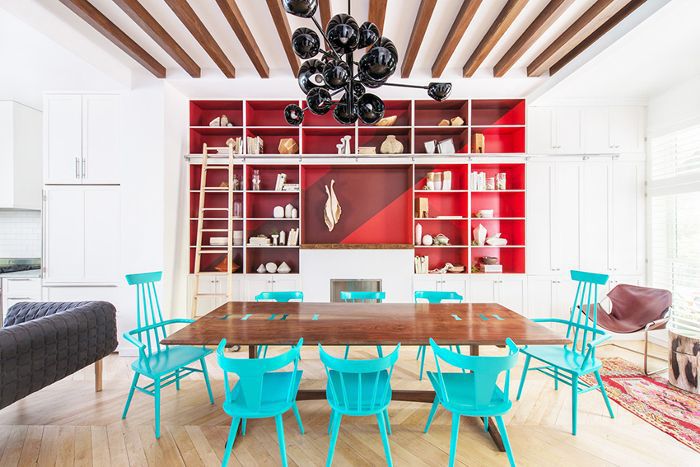No matter how beautiful an interior is, sooner or later it will bore us. It is therefore not surprising that after a while we will want to renew it. The only problem that always hinders us is the cost. Every time I ask a friend, relative what prevents him from refreshing his interior, I get the same answer: I have nothing against it, but I still don’t have enough savings. Is it really necessary to make a large investment to change the decoration? In fact, the only thing we need to have to succeed in this task is a bit of common sense and creativity. Below is a step-by-step guide that will make it easier for anyone.
First step: Sorting out
I know this from my experience; even people who say they are not afraid to get rid of useless objects are avid collectors. Candles that were given as a birthday present 4 or 5 years ago and are still in the package somewhere in the closet. Knick-knacks that have been bought but have not found their place are piled up somewhere because we hope that eventually we will fit them in. Old pillows or an old plaid that we would have gotten rid of, but we don’t have any because it’s precisely on them, we lay down on during the first kiss with our partner.
The list of wobbly reasons is far from being exhaustive, but the result is always the same. Many objects can be useful, but they don’t find their place inside. Before redecorating the room, it is, therefore, necessary to sort carefully and get rid of everything that has really become obsolete. If the objects are of good quality, we can sell them well. This applies to furniture, crockery, decorative accessories, and clothing. If they are worn out, look for contents restoration and Contents Packout Services in Oklahoma City (or one near you) to have your items polished and refined back to life.
Second step: Establish a strategy for action
The biggest mistake that 90% or even 99% of people who redecorate their homes make is to do it in a disorderly manner. My approach is as follows. At least six months before starting the work, I take an interest in the latest trends in decorating the room I want to touch up. I look for information on the net; I find out how to reproduce the interior I liked or combine the interiors that made an impression on me. The third phase is budget planning. How much does it cost? Are there any accessories that I can make myself? Are there objects that I can recycle, etc? Only after answering all these questions can I move on to the next step.
Step Three: Do the work gradually
I see him often. People decide to complete all the work in a few days, “so as not to waste time”. In the end, they end up wasting three times as much time as they wanted. This is not surprising. The more we rush, the more we improvise. And the more we improvise, the more likely we are to make mistakes, which then have to be corrected. I keep repeating, working gradually does not mean working slowly.
Let me give a simple example: the renovation of the living room. After a restful study, we realized that the furniture was still in perfect condition and just needed a makeover. The plan of action, repaint the TV cabinet and the coffee table, find covers for the sofa and the armchairs, change the lights (but then plan to do the new ones), add some accessories, and paste the wallpaper.
What is the procedure to avoid? Getting up one morning, going to the store and buying everything you need to do the job. Then the next day or a few days later, try to do everything on the list. What’s wrong with this approach? Stress and pressure make you make emotional purchases.
What is the right attitude to adopt? Once I have established my action plan, I set myself a 6-month deadline. This may seem enormous, but only at first glance. Let’s apply this method to the example above.
Haunting coupon sites and online stores looking for promotions. Buying in sufficient quantities all the materials and accessories. Also check out online private sales. Devote the first four months of your time to these purchases. The second step is work. Start with the simplest to the most complicated. Start by making the fixtures. Every time you find a free moment, make one. Then move on to painting the coffee table and then the television cabinet. Only then we can have a free day to paste the wallpaper.








